The Bottled Water Dilemma: How Many Bottles Do You Need for a Gallon?
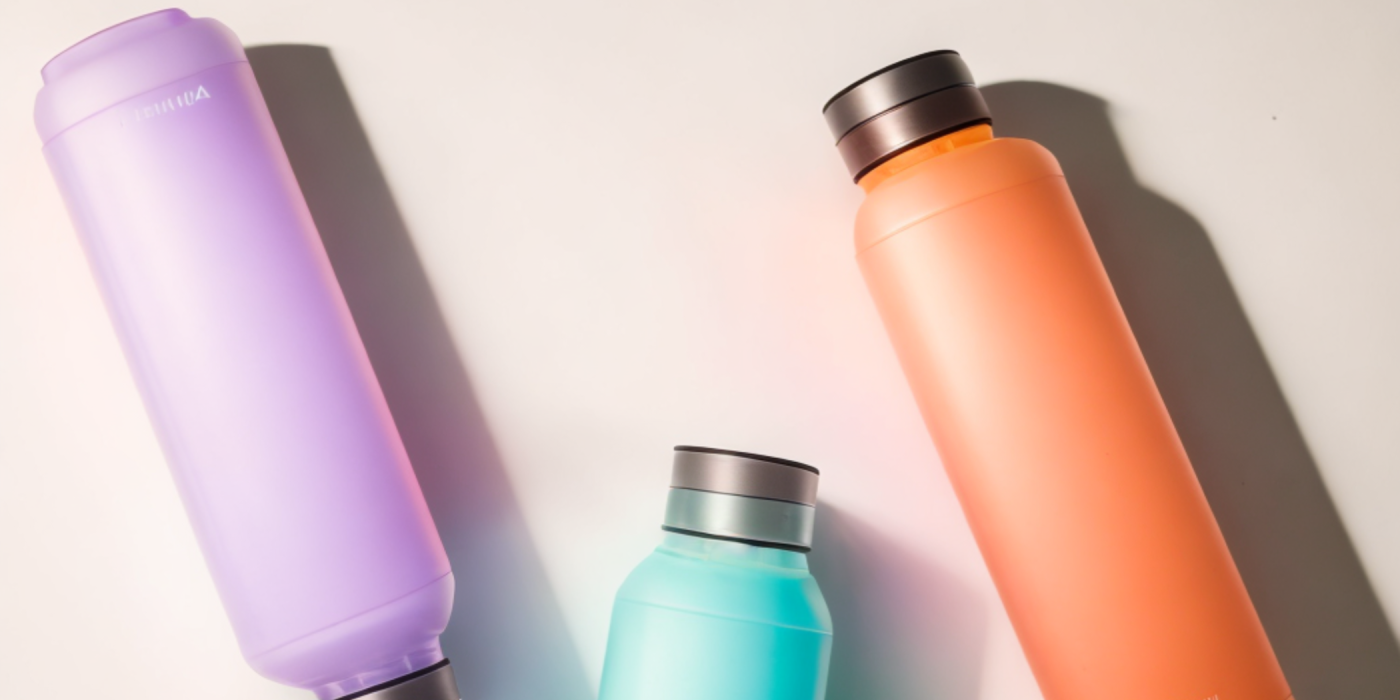
In a world where convenience often takes precedence over sustainability, the bottled water industry has become a contentious topic. With concerns about single-use plastics and their impact on the environment, many individuals are reevaluating their consumption habits. One question that often arises is: How many bottles of water do you actually need to equal a gallon?
This seemingly simple question has a complex answer. While the standard size for a bottle of water is 16.9 ounces, a gallon consists of 128 fluid ounces. So, to obtain a gallon of water, you would need approximately 7.5 bottles. However, it's important to consider factors such as evaporation and spillage, which can lead to a slight loss of water. Furthermore, the environmental implications of relying solely on bottled water cannot be ignored. By exploring alternative options such as reusable water bottles and water filters, we can reduce our carbon footprint while still staying hydrated. Join us as we delve into the bottled water dilemma and discover sustainable solutions for our thirst-quenching needs.
The Environmental Impact of Bottled Water
The environmental impact of bottled water is a growing concern. According to the Environmental Protection Agency (EPA), nearly 80% of plastic water bottles end up in landfills, where they can take hundreds of years to decompose. This contributes to the already alarming problem of plastic pollution in our oceans and ecosystems. In addition, the production and transportation of bottled water require significant amounts of energy and resources, further depleting our planet's finite resources.
It's also worth noting that the production of plastic bottles involves the extraction and refinement of fossil fuels, which contribute to greenhouse gas emissions and climate change. The carbon footprint associated with the entire lifecycle of a plastic water bottle is considerable, from its creation to its disposal. Therefore, reducing our reliance on bottled water is not only beneficial for the environment but also crucial for our long-term sustainability.
The Bottled Water Sizes and Their Volume
Before we delve into the calculations, let's first understand the various sizes of bottled water available in the market. Bottled water typically comes in a range of sizes, including 8 ounces, 12 ounces, 16.9 ounces, 20 ounces, and 1 liter. These sizes are commonly found in convenience stores, supermarkets, and vending machines.
The most common size, and the one often used as a standard, is the 16.9-ounce bottle. This size is widely available and easily portable, making it a popular choice for on-the-go hydration. However, when it comes to measuring the volume needed for a gallon, it's essential to take into account that there are 128 fluid ounces in a gallon. This means that to obtain a gallon of water, you would need approximately 7.5 bottles of the standard 16.9-ounce size.
Calculating the Number of Bottles Needed for a Gallon
To calculate the exact number of bottles needed for a gallon, we need to consider the volume of a gallon and the size of the bottles. As mentioned earlier, a gallon consists of 128 fluid ounces. If we divide this by the standard 16.9-ounce size of a bottle, we get approximately 7.57 bottles. However, since it's not practical to use a fraction of a bottle, we can round down to 7.5 bottles.
It's important to note that this calculation assumes that there is no loss of water due to evaporation or spillage. In reality, there may be a slight loss of water during the pouring process, especially if you are transferring water from one container to another. Therefore, it's always a good idea to account for this potential loss and have an extra bottle on hand to ensure you have a full gallon of water.
Alternatives to Bottled Water
While bottled water may seem convenient, it's crucial to explore alternative options that are more sustainable and environmentally friendly. One such option is the use of reusable water bottles. Reusable water bottles are made of materials such as stainless steel, glass, or BPA-free plastic and can be filled with tap water or filtered water. They are designed to be used multiple times, reducing the need for single-use plastic bottles.
Another alternative to consider is the use of water filters. Water filters can be installed on faucets or used in water pitchers to remove impurities and improve the taste of tap water. This allows you to have access to clean and safe drinking water without the need for bottled water. Furthermore, using water filters can save you money in the long run, as the cost of filtered water is significantly lower than that of bottled water.
Cost Comparison: Bottled Water vs. Other Options
When it comes to the cost of hydration, bottled water can quickly add up, especially if you consume it regularly. On average, a bottle of water can cost anywhere from $0.99 to $2.50, depending on the brand and size. If we consider that you need approximately 7.5 bottles to obtain a gallon of water, the cost can range from $7.43 to $18.75 for a gallon.
In comparison, the cost of tap water is significantly lower. According to the Environmental Working Group (EWG), the cost of tap water is about $0.002 per gallon. This means that for the same volume of water, you would only be paying a fraction of the cost compared to bottled water. Additionally, the cost of using a water filter is relatively low, as most filters need to be replaced every few months and are significantly cheaper than buying bottled water regularly.
Tips for Reducing Bottled Water Consumption
Reducing your bottled water consumption is not only beneficial for the environment but also for your wallet. Here are some tips to help you make the transition to more sustainable hydration options:
1. Invest in a reusable water bottle: Purchase a high-quality reusable water bottle that suits your needs and preferences. Look for one that is durable, easy to clean, and made from sustainable materials.
2. Carry your reusable water bottle with you: Make it a habit to bring your reusable water bottle with you wherever you go. This way, you can refill it with tap water or filtered water whenever you need to quench your thirst.
3. Install a water filter at home: Consider installing a water filter on your faucet or investing in a water pitcher with a built-in filter. This will ensure that you have access to clean and safe drinking water without the need for bottled water.
4. Educate yourself about the quality of tap water in your area: Research the quality of tap water in your area and understand the regulations and standards set by your local water authority. In many cases, tap water is just as safe and even more strictly regulated than bottled water.
5. Encourage others to reduce their bottled water consumption: Spread the word about the environmental impact of bottled water and the benefits of using reusable water bottles and water filters. By educating others, you can help create a collective effort to reduce our reliance on single-use plastics.
The Importance of Reusable Water Bottles
Reusable water bottles play a crucial role in reducing our dependence on single-use plastic bottles. By investing in a reusable water bottle, you not only eliminate the need for disposable bottles but also contribute to a sustainable future. Reusable water bottles are designed to last for a long time, reducing waste and conserving resources. Additionally, they come in a variety of sizes, shapes, and designs, allowing you to choose one that suits your personal style and preferences.
Using a reusable water bottle also gives you the freedom to choose the type of water you consume. Whether you prefer tap water, filtered water, or infused water with fruits and herbs, a reusable water bottle allows you to customize your hydration experience. By carrying your reusable water bottle with you, you can stay hydrated throughout the day without contributing to plastic waste.
Environmental Benefits of Using a Water Filter
Water filters are an excellent alternative to bottled water, as they provide clean and safe drinking water while reducing waste. Here are some environmental benefits of using a water filter:
1. Reduces plastic waste: By using a water filter, you eliminate the need for single-use plastic water bottles. This reduces the amount of plastic waste that ends up in landfills and our oceans.
2. Saves energy and resources: The production and transportation of bottled water require significant amounts of energy and resources. By using a water filter, you reduce the demand for bottled water, resulting in energy and resource savings.
3. Reduces carbon footprint: The carbon footprint associated with the entire lifecycle of a plastic water bottle is considerable. By using a water filter, you minimize your carbon footprint and contribute to combating climate change.
4. Preserves natural resources: The extraction and refinement of fossil fuels for the production of plastic bottles contribute to the depletion of natural resources. By reducing the demand for bottled water, you help preserve our planet's finite resources.
Finally, We Know How Many Bottles You Need For a Gallon.
The bottled water dilemma is a complex issue that requires careful consideration of our consumption habits and their impact on the environment. While it may be convenient to rely on bottled water, the environmental cost is too high to ignore. By understanding the volume of a gallon and the number of bottles needed to obtain it, we can make informed choices about our hydration options.
Exploring alternatives such as reusable water bottles and water filters allows us to reduce our carbon footprint while still staying hydrated. Additionally, these alternatives offer cost savings and the freedom to choose the type of water we consume. By making small changes in our daily lives and encouraging others to do the same, we can collectively work towards a more sustainable future, where the bottled water dilemma becomes a thing of the past.
Related to this article are the following:
I do hope you have enjoyed this article and hope that you will subscribe to my newsletter so you can get the latest information about all things naturally relaxing.
Stay in touch, join the Naturally Relaxing Newsletter
Newsletter Signup
Post Your Comments
or post as a guest
Be the first to comment.
Latest articles in Water
Idea is to do article on waterfall
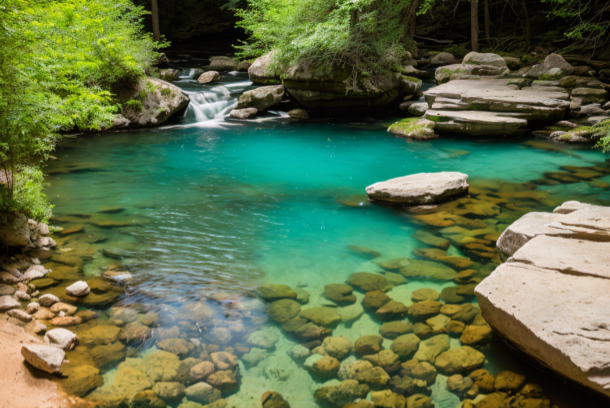
Finding the Perfect Swimming Hole: Your Comprehensive Guide
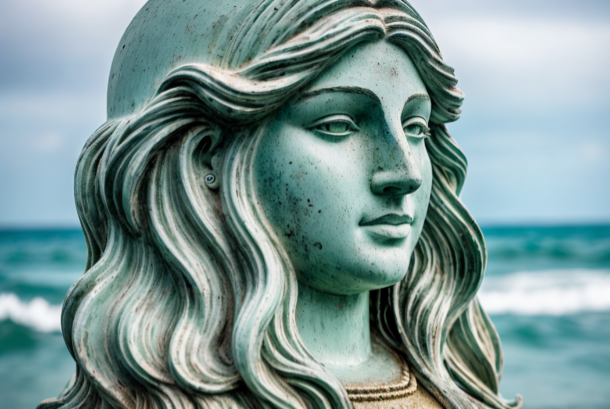
Exploring Sea Deities Around the World: A Dive into Global Mythologies
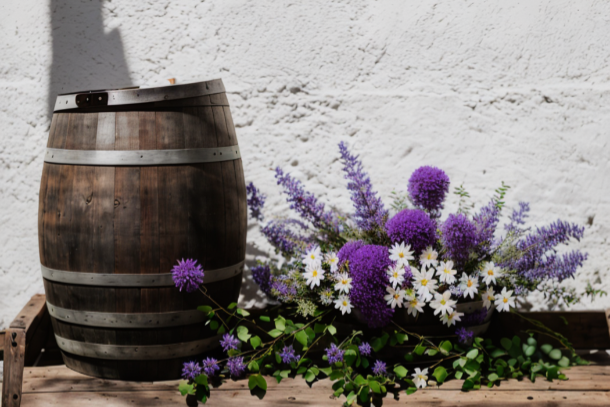
Harvesting Rainwater: A Comprehensive Guide to Rain Barrels and Water Storage
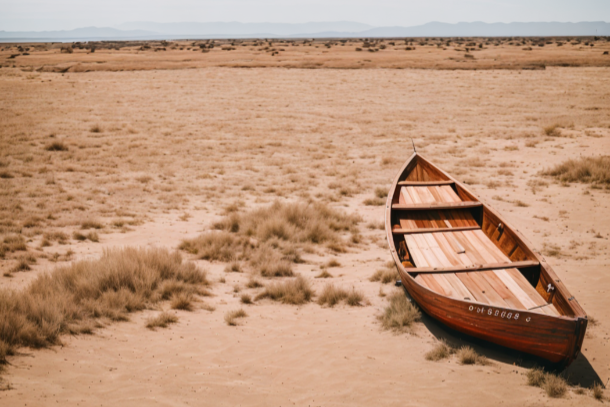
Creating Resilient Gardens: An Expert Guide to Drought-Tolerant Landscaping






